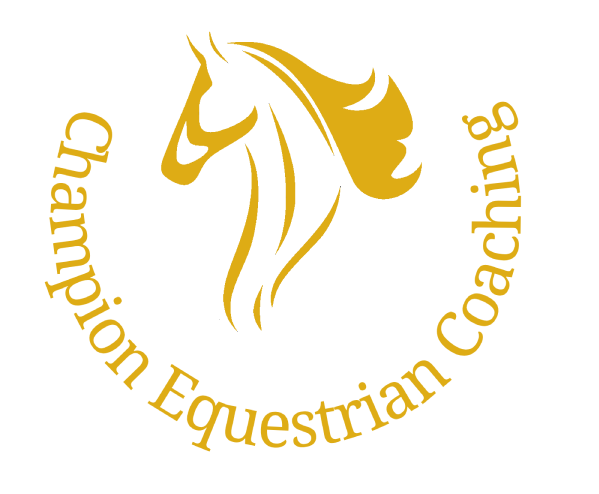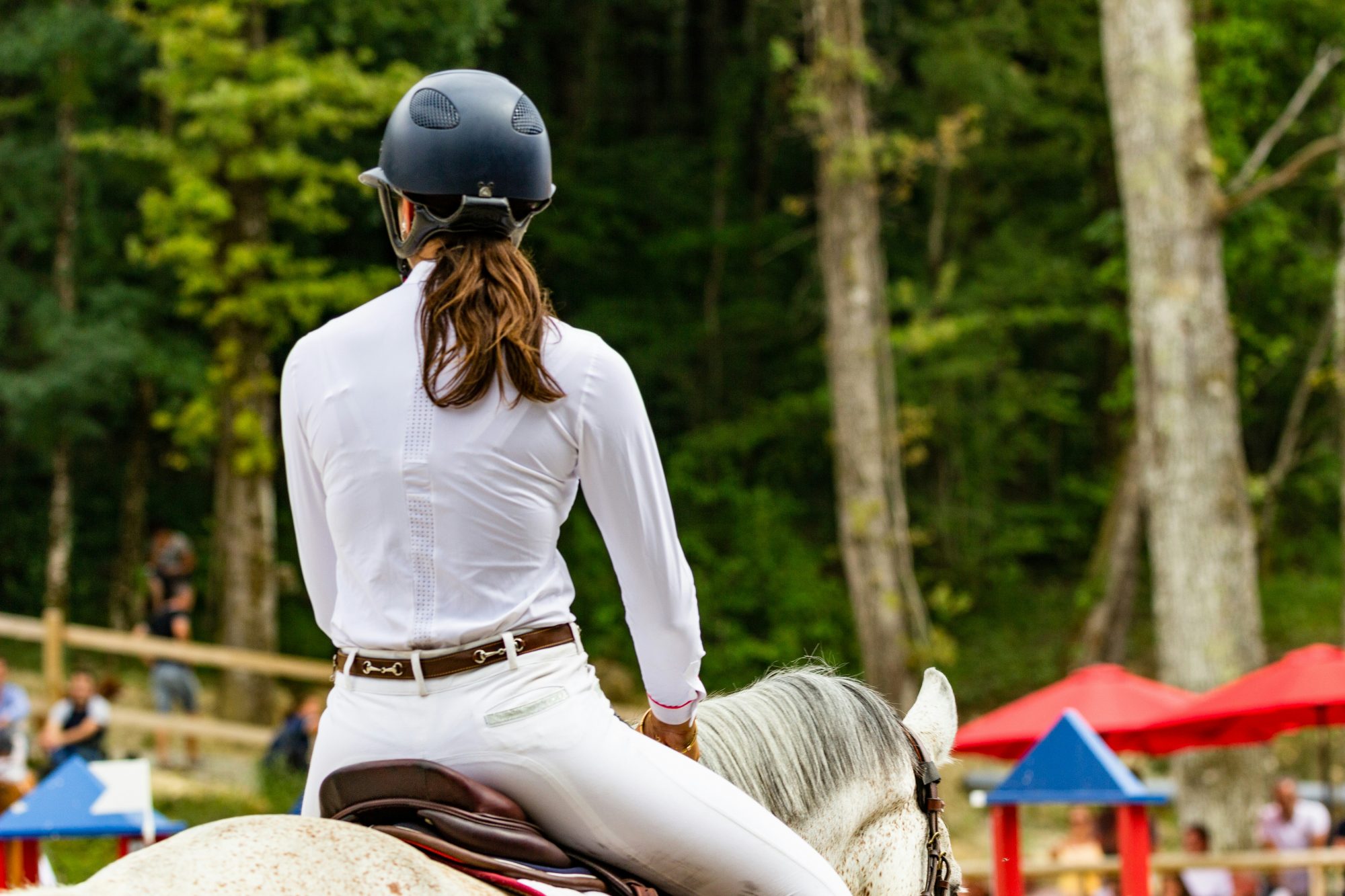As equestrians, we’re constantly striving for that elusive, seamless connection with our horses. We spend hours (years!) refining our rein aids, leg cues, and voice commands. But what if I told you that one of the most powerful, yet often underestimated, tools in your rider’s toolkit is something you’re always sitting on? I’m talking about the power of your seat.
Think about it: your seat is your direct, continuous link to your horse’s back. It’s a powerful way to communicate, often in ways so subtle they’re invisible to an observer, yet clearly felt by your horse. When you develop a truly independent, deep, and supple seat, you unlock a whole new level of harmony and communication.
What makes the seat so powerful?
Let’s break down why your seat is such a game-changer in your riding:
- Sitting deep and balanced: This isn’t about bracing or forcing yourself down. It’s about settling securely onto your seat bones with an open, relaxed pelvis and a straight, yet supple, back. This position allows you to absorb your horse’s movements like a shock absorber, creating a stable foundation that moves with them, not against them. Imagine a dancer moving gracefully with their partner – that’s the feeling we’re aiming for.
- An independent seat: This is where the magic really happens. When your balance and posture are so secure that your body movements don’t interfere with your horse’s natural gait, you achieve an independent seat. You’re no longer relying on your hands or stirrups for balance, freeing them up for more refined aids. This allows for incredibly precise communication through the smallest shifts in your body.
- Subtle communication through weight shifts: This is where your seat truly shines as a silent communicator. A slight forward shift can encourage your horse to move on, while a gentle backward shift can cue them to slow or halt. Lateral shifts in your weight can guide turns or circles. These aren’t grand gestures; they’re nuanced whispers that your horse instinctively understands.
- Dynamic and supple: Your seat isn’t a static block. It needs to be fluid and responsive, allowing your horse to move freely through their back without restriction. A supple seat “filters” and follows the kinetic forces from your horse, preventing tension or discomfort that could hinder their movement or even lead to soundness issues. This harmony improves their willingness and ability to perform their best.
- Enhancing movement and tempo: Believe it or not, your seat can significantly influence your horse’s rhythm and tempo. Skilled riders use their seat to regulate footfalls and encourage their horse to swing more freely through their back. Your seat can also shape your horse’s outline and energy flow more effectively than just your hands and legs.
The benefits you’ll feel
The ripple effects of a well-balanced, independent seat are immense:
- Improved communication: Your aids become precise, clear, and more gentle. Your horse understands you more intuitively.
- Enhanced stability: You’ll stay centred and secure, reducing interference with your horse’s movement and increasing your safety.
- Increased confidence: A secure seat boosts your confidence and relaxation, which, in turn, positively influences your horse’s behaviour. It’s a wonderful feedback loop!
- Better performance: Whether you’re in the dressage arena, over fences, or enjoying a hack out, a harmonious seat facilitates better performance across all disciplines.
Ultimately, the power of the seat lies in its ability to create a constant feedback loop between you and your horse. You feel their movement, and you respond with minimal, refined cues. This deeper connection fosters trust and responsiveness, enhancing both your riding experience and your horse’s well-being.
Cultivating a more responsive seat
Ready to deepen your seat? Here are some key areas to focus on:
- Develop balance and independence in the saddle:
- Focus on aligning your pelvis and sitting deep on your seat bones. Allow yourself to move with your horse, not against them.
- Maintain a supple, relaxed posture so your seat can absorb their movements smoothly, without stiffness.
- Practice riding without relying on your hands or stirrups for balance. This builds incredible independence and sensitivity.
- Increase body awareness and sensitivity:
- Become aware of your own body’s balance and movement. This self-awareness is crucial for feeling your horse’s rhythm and responding appropriately.
- Consider off-horse exercises like yoga, Pilates or calisthenics. They’ll improve your core strength, flexibility, and fluidity, all of which translate directly to a more responsive seat in the saddle.
- Practice subtle weight shifts:
- Experiment with tiny shifts of your weight – forward, backward, and side to side – to communicate without overt signals.
- Learn to coordinate these shifts with your breathing and your horse’s gait for seamless, almost invisible aids.
- Focus on connection and “feel”:
- Develop your “feel” – the ability to sense when your horse responds to your seat and adjust your aids accordingly.
- Observe your horse’s movements, balance, and reactions, refining your timing so your seat cues are always effective and harmonious.
- Use exercises to link movements smoothly:
- Practice transitions and lateral movements to improve the fluidity of your seat’s communication.
- Work on combining different seat aids, such as shifting weight while adjusting your pelvis and breathing, to create a flowing connection with your horse’s movement.
- Regular practice and feedback:
- The best way to improve is to spend time riding with a qualified instructor. They can help you identify tension or imbalances and guide you toward a more effective seat.
- Don’t shy away from videoing your rides or using mirrors to self-assess your posture and fluidity. It’s an invaluable tool!
By focusing on these areas, you’ll develop a seat that is both stable and supple, allowing you to communicate with your horse in a subtle, effective, and harmonious way that truly enhances your performance and partnership.
What are you going to work on to refine your riding journey?

